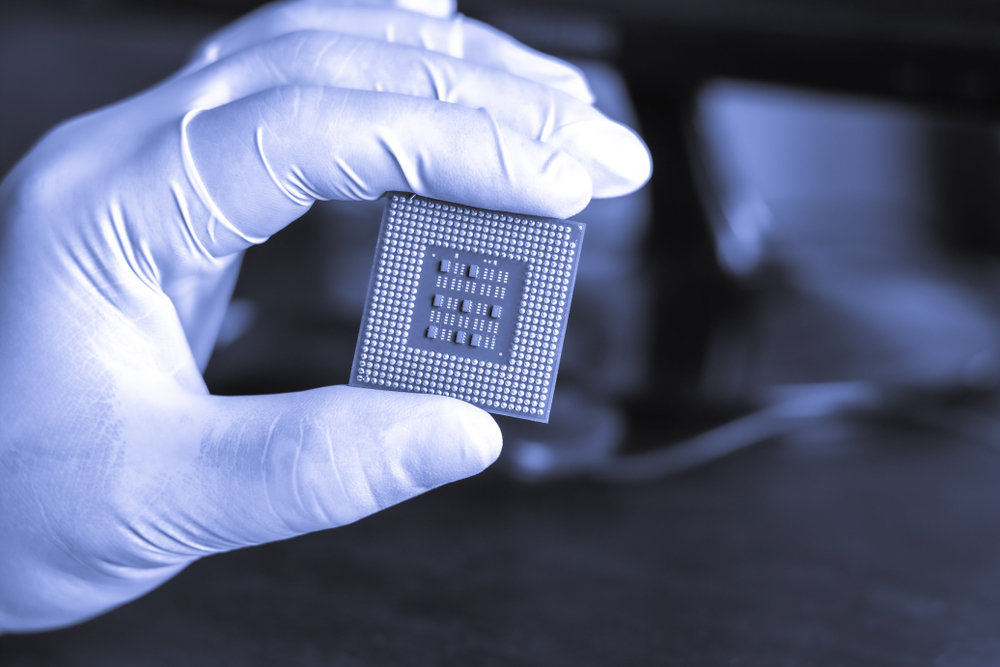Biomimicry in Industrial Design: Nature-Inspired Solutions for Manufacturing
The fusion of nature's time-tested designs with modern industrial processes is revolutionizing manufacturing. Biomimicry, the practice of emulating nature's strategies to solve human challenges, is gaining traction in industrial design. This approach offers innovative solutions that enhance efficiency, sustainability, and product performance across various sectors.

Historical Context and Evolution
The concept of biomimicry isn’t new, but its application in industrial design has gained significant momentum in recent years. Early examples date back to the 19th century, with inventions like Velcro, inspired by the hooks of burdock burrs. However, the systematic application of biomimicry in manufacturing began to take shape in the late 20th century, as environmental concerns and the need for sustainable practices grew.
Current Trends and Applications
Today, biomimicry is being applied across various industries, from aerospace to consumer goods. In the automotive sector, for instance, manufacturers are studying the boxfish to design more aerodynamic and fuel-efficient vehicles. The textile industry is looking at spider silk for inspiration in creating stronger, more flexible fabrics. These nature-inspired innovations are not only improving product performance but also reducing environmental impact.
Challenges and Opportunities
While biomimicry offers immense potential, its implementation in industrial design comes with challenges. One significant hurdle is the translation of biological concepts into manufacturable designs. This often requires interdisciplinary collaboration between biologists, engineers, and designers. Additionally, the initial investment in research and development can be substantial, sometimes deterring companies from adopting this approach.
However, the opportunities far outweigh the challenges. Biomimicry can lead to breakthrough innovations that solve complex industrial problems. It also aligns with the growing consumer demand for sustainable products, potentially opening new markets and enhancing brand value.
Case Studies: Success Stories in Bio-Inspired Manufacturing
Several companies have successfully implemented biomimicry in their manufacturing processes. For example, a leading paint manufacturer developed a self-cleaning paint inspired by the lotus leaf’s water-repellent surface. This innovation not only reduces maintenance costs but also minimizes the need for harsh cleaning chemicals.
Another notable case is a construction material company that created a more efficient air-conditioning system based on the natural ventilation of termite mounds. This system significantly reduces energy consumption in buildings, demonstrating how nature-inspired design can lead to substantial environmental benefits.
Practical Insights for Implementing Biomimicry in Manufacturing
• Start with a clear problem statement: Identify specific challenges in your manufacturing process that could benefit from nature-inspired solutions.
• Collaborate with biologists: Partner with life sciences experts to gain deeper insights into relevant natural systems and processes.
• Invest in research and development: Allocate resources for exploring and testing bio-inspired concepts before full-scale implementation.
• Focus on scalability: Ensure that nature-inspired solutions can be effectively scaled for industrial production.
• Consider lifecycle analysis: Evaluate the long-term environmental impact of biomimetic designs to ensure true sustainability.
The Future of Bio-Inspired Industrial Design
As we face increasingly complex environmental and technological challenges, biomimicry in industrial design is poised to play a crucial role in shaping the future of manufacturing. By learning from and emulating nature’s 3.8 billion years of evolution, we can create more efficient, resilient, and sustainable industrial processes.
The integration of biomimicry in manufacturing represents a paradigm shift in how we approach design and production. It offers a path to innovation that is not only technologically advanced but also in harmony with the natural world. As more industries recognize the potential of this approach, we can expect to see a new wave of products and processes that are both high-performing and environmentally responsible.





